Within the scope of urban design consultancy with Istanbul Metropolitan Municipality, Arman Design carries out design works in many, from historical to newly developing, areas of Istanbul. In the context of the cooperation, projects and designs in accordance with Istanbul’s identity are evaluated. Designs chosen will strengthen objective communication as well as bring personal safety, comfort and circulation solutions in public spaces.
A Touch of Arman Design in urban project of Istanbul
Arman Design produces projects in the metropolitan area of Istanbul within the framework of appropriate norms and standards. The design agency, in coordination with the Directorate of Urban Design, makes special projects in line with the needs of the city.
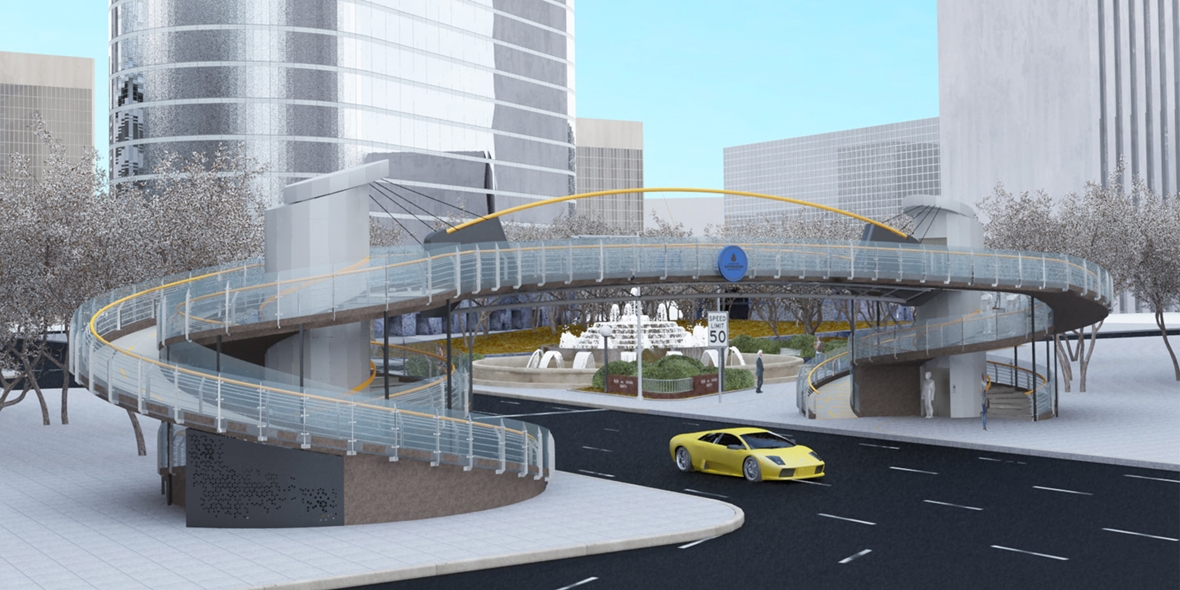
What is Urban Design?
Urban design is the art of creating a multidisciplinary “space” in order to shape the physical construct of urban life. Urban design includes practical analysis of planning discipline.
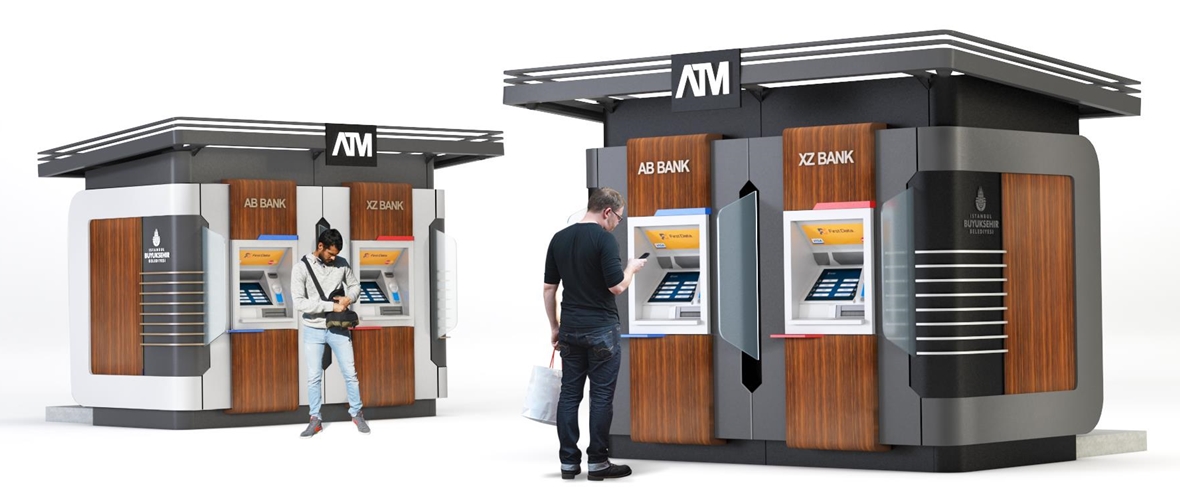
The design process is based on understanding social and financial processes as well as using them to improve quality of social life. Urban design discipline includes urban aesthetics, physical and functional arrangements in urban space for economic and social development goals. The Bank ATM you see on the left is one of the contributions of Arman Design to the urban design of Istanbul.
The main components of the city can be divided as open spaces and built forms. Open spaces of the city generally consist of public and private spaces. Public open spaces form roads, squares and green spaces. The built forms act as mediators between public and private spaces. In the end, the relationship between built forms and open spaces create urban textures. These urban textures can be examined up to the scales of neighborhoods, districts, streets and buildings. Urban texture also explains a rational venue organization. These textures also help explain the dynamic social processes related to the changes and transformations that occur during the historical development of a city.
The Importance of Urban Texture
The ‘identity’ of an urban texture or larger urban areas is largely determined by the balanced composition of thematic and non-thematic elements. While the balanced and guiding mix forms the ‘identity’ of the city, only a thematic order creates uniformity (monotony). On the other hand, a structure consisting of non-thematic elements only creates confusion (chaos).
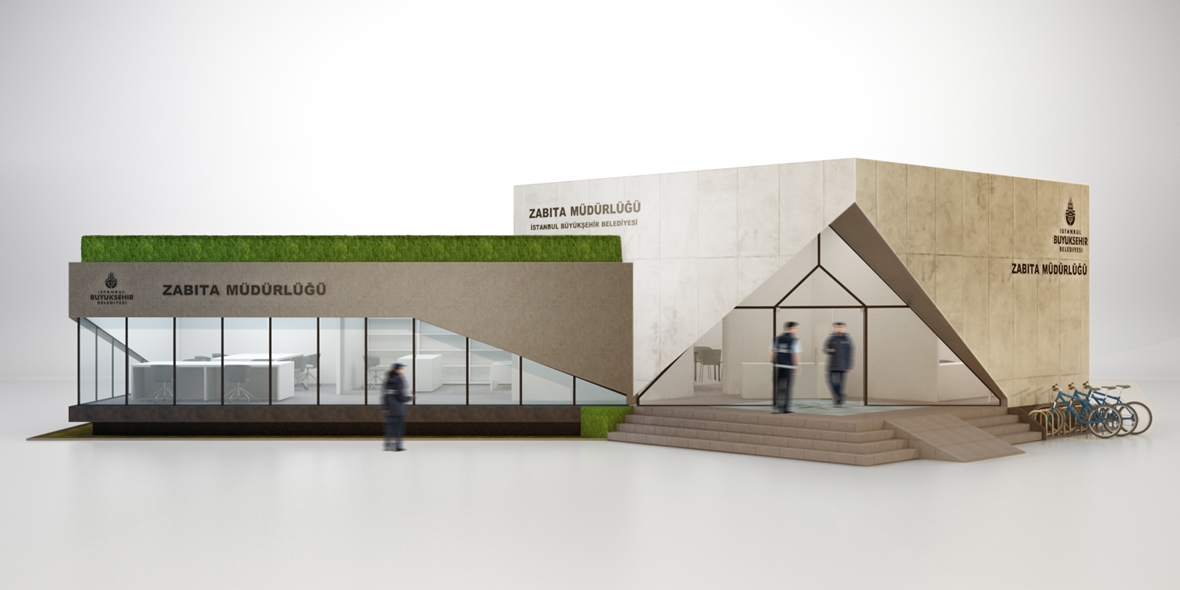
The terms uniformity and confusion mentioned here lead us to a second analysis. This second analysis opens the door to the explanation of the ‘values’ of the city. Or, at least it interprets a city’s visual qualities. In the functional structure of the city, we see the city’s organizational, encouraging, distributive, lucrative values. To analyze the ‘activities’ that play a role in this structure, we need to define them well and use their location. For example, activities in city centers are mostly gathered at the focal points and roadsides, on the main transportation axes, and in a certain order. This is the first step in examining the activity patterns in city centers. This review is then continued with a behavioral and economic analysis. This is because the functional structure cannot be understood only physically.
There may be repetitive public and private events which are similar in the functional structure of the city. Examples of public events are local or central government functions. Some of the special events are house-oriented actions, shopping, trade and business events. Activities that are not monotonous are significant in order to explain the value system and social processes of that society. For example, bazaars in Turkey (known as ‘pazar’), traditional markets (known as ‘çarşı’), street vendors such as peddlers, and minibuses are such.
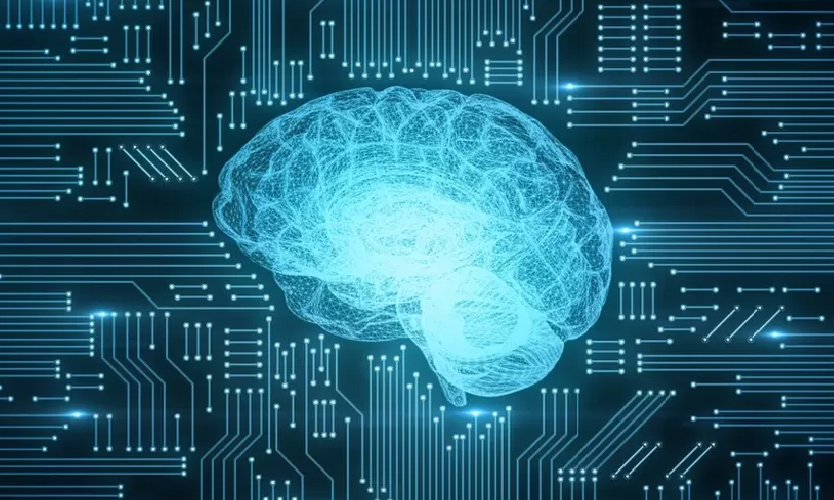 Primitive Use of Artificial Intelligence: A Look from Past to Present
Primitive Use of Artificial Intelligence: A Look from Past to Present  The Future of Medical Design
The Future of Medical Design 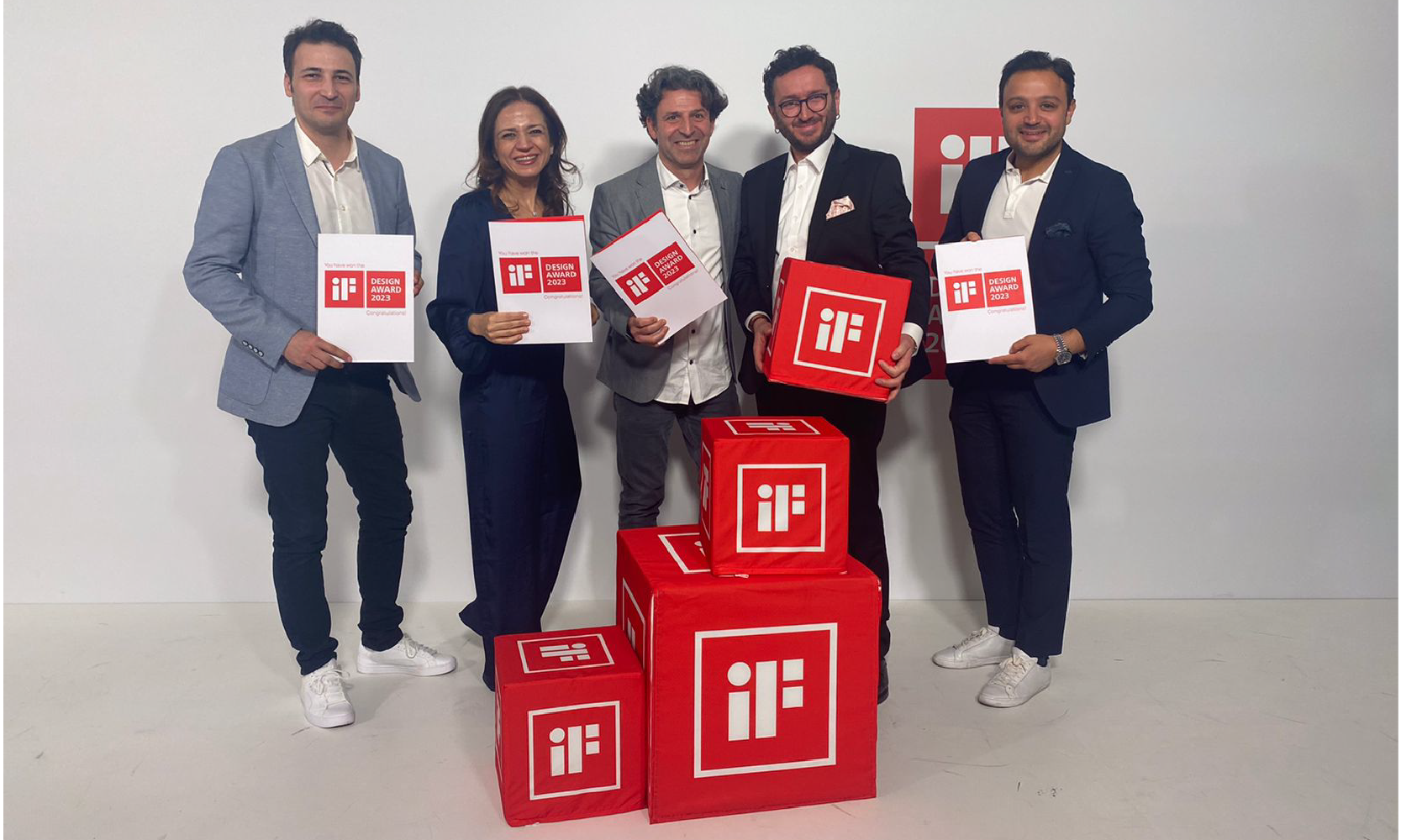 A Night Full of Prizes: Celebrating 4 Wins at iF Design Awards 2023
A Night Full of Prizes: Celebrating 4 Wins at iF Design Awards 2023